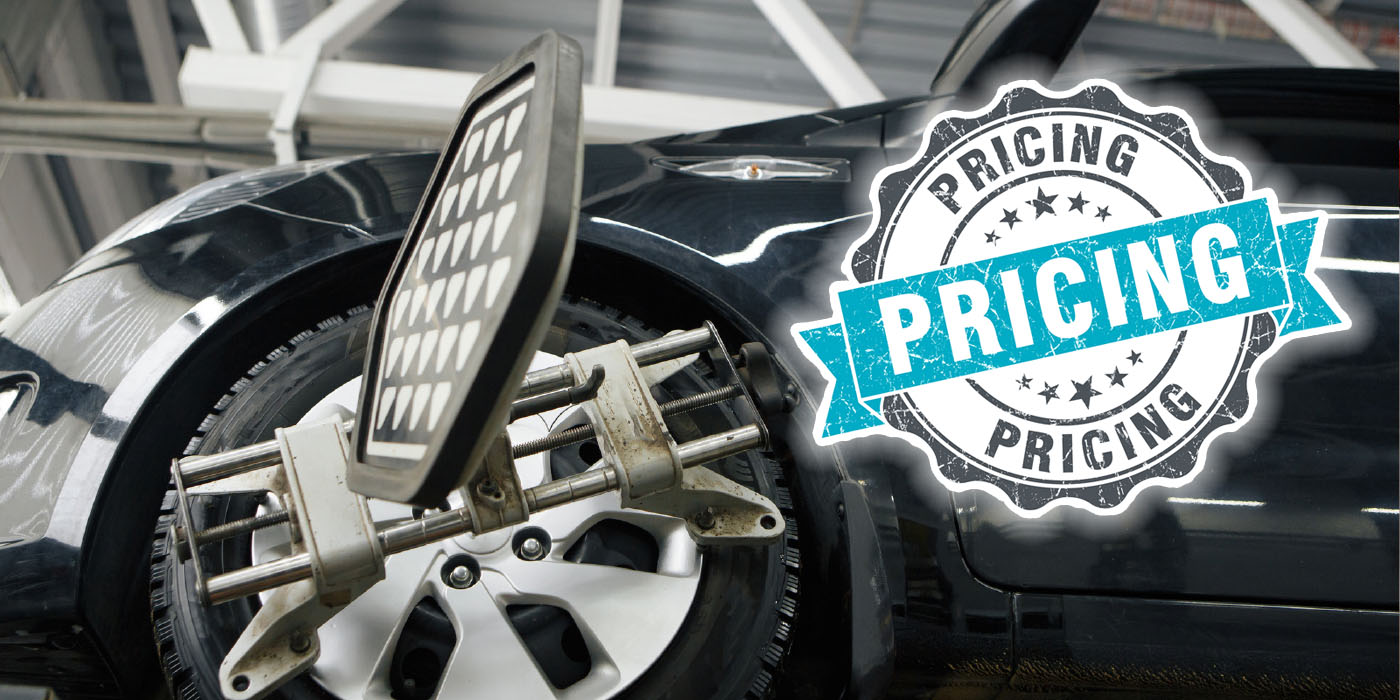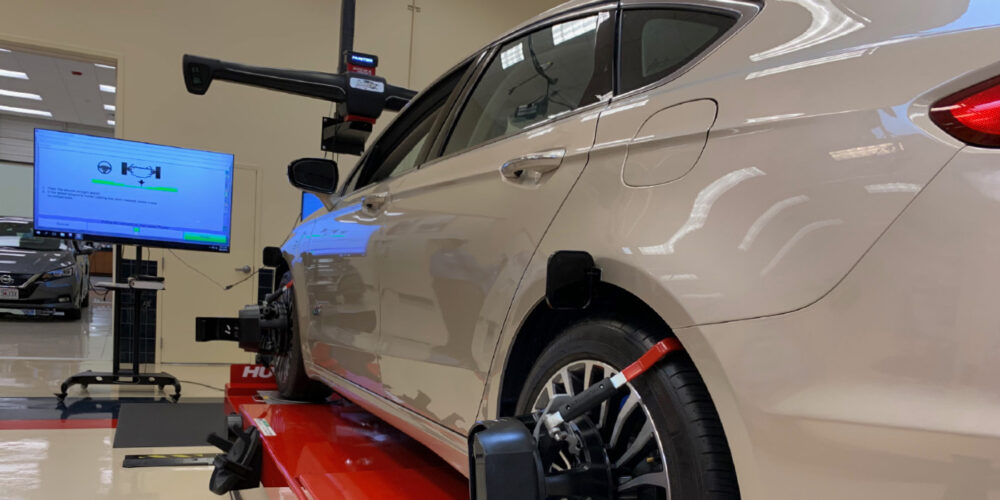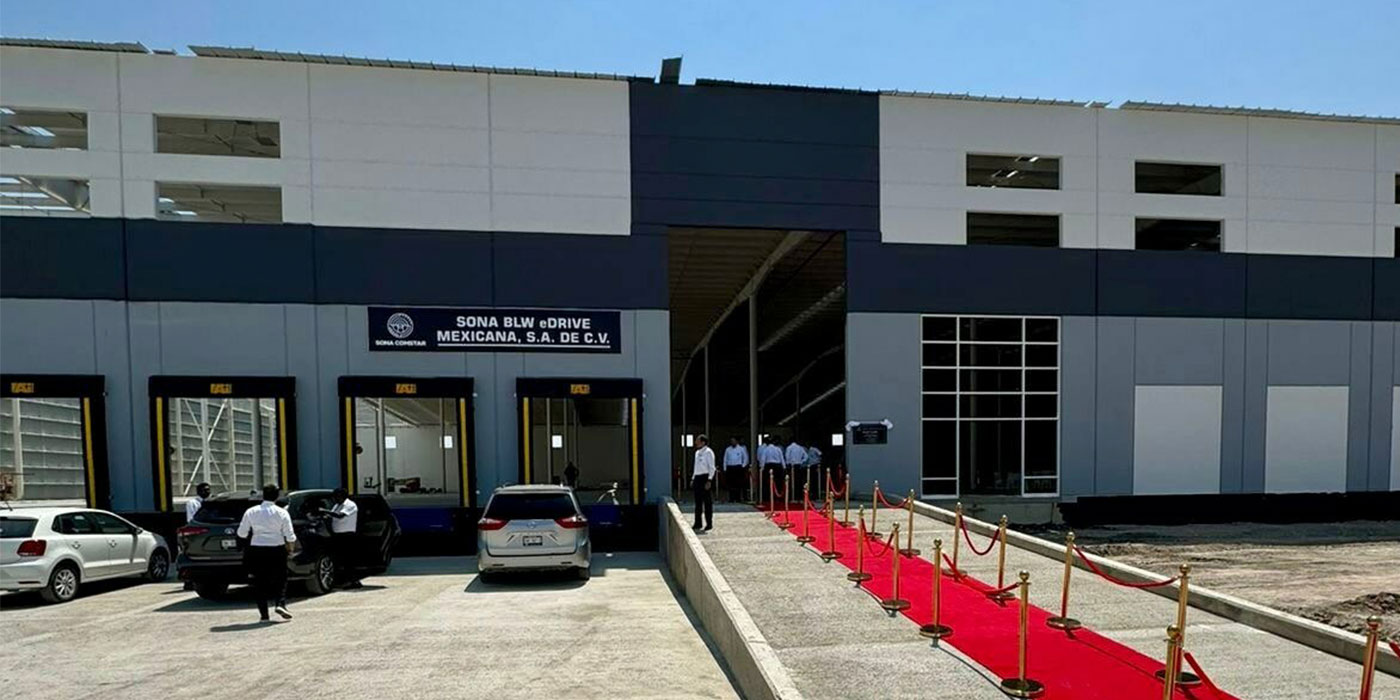By Larry Carley
Technical Editor
When you hear the words “ceramic brake pads,” do you think of pads made out of clay? Actually, ceramics includes a variety of silica-based fibers and particles. The size of the fibers or particles may also range from 0.4 to as much as 80 microns in diameter (smaller is better, say some brake manufacturers, but others disagree). The ceramic powders are mixed with resins and other ingredients, then molded into pucks that are baked at high temperature in an oven to produce brake pads.
Over the years, many different types of compounds have been used in brake linings. Remember asbestos? Brake manufacturers would just as soon forget this material because of all the litigation that resulted from its use. When asbestos was phased out of brake and clutch linings back in the 1980s, it was replaced with non-asbestos organic (NAO) materials reinforced with various mineral fibers, and semi-metallic compounds consisting primarily of chopped steel wool fibers. NAO friction materials provided good noise control for the most part and good pedal feel, but some formulas did not wear well, especially in hard-use, high-temperature applications. Semi-metallic friction materials provided good high-temperature braking performance and wear, but were often noisy because of their high steel content. So that’s how ceramic-based friction materials came to be.
GOOD WEAR, QUIET
Ceramic-based friction materials typically provide good wear, good pedal feel and are quiet. Ceramic fibers don’t “ring” like steel fibers, so there’s no annoying brake squeal. Ceramics also produce less rotor wear than most semi-metallic friction materials, and can handle a broad range of applications, though currently ceramics are not recommended for large trucks or SUVs that are originally equipped with semi-metallic linings. Many ceramic formulas also produce little visible brake dust, which helps keep alloy wheels looking clean. This is a real selling advantage compared to the dirty, dust-producing friction linings that are used as original equipment on many European luxury cars.
Ceramic fibers are a good choice for brake linings because they have stable and predictable friction characteristics. The coefficient of friction doesn’t drop off as quickly as semi-metallics, nor does it fade as quickly as NAO as the brakes heat up. This is called “Mu Variability.” The more stable the friction characteristics are, the more consistent the brake pedal feels whether the brakes are hot or cold. The first pads to use ceramic compounds were introduced back in 1985 on a few OEM applications. Over the years, the use of ceramic-based disc brake pads has continued to grow on both domestic and import vehicles, spawning a new generation of aftermarket ceramic-based replacement pads.
There is no standard definition of what exactly constitutes a ceramic friction material other than it contains some level of ceramic fiber. It might be just a pinch, or it might contain a lot. Most formulas contain no chopped steel fibers or steel wool, but may contain copper or other fibers for added heat conductivity. Brake manufacturers have actually developed a variety of different ceramic formulas that provide just the right mix of performance characteristics for different vehicle applications. They won’t tell anybody what exactly is in their secret recipes, but you can be sure they’ve spent considerable time and effort developing and testing their products to produce the best possible formulas.
AN UPGRADED PAD
Most ceramic brake pads are marketed as “premium” products, and are sold as an “upgrade” over standard type replacement linings. The pads usually include such features as chamfers, slots and insulator shims to minimize noise. Chamfers are angled or beveled edges on the leading and trailing ends of the pad that reduce “tip-in” noise when the brakes are first applied. Chamfers also reduce the surface area of the brakes slightly, which increases the clamping force applied by the pads against the rotors. This further helps to dampen sound-producing vibrations.
Slots are grooves cut vertically, diagonally or horizontally in the pads to reduce noise by changing the frequency of vibration from an audible level to a higher, inaudible frequency beyond the range of the human ear. Slots also help reduce brake fade by providing a passage for gases and dust to escape at high brake temperatures. Insulator shims provide a dampening layer to absorb and dissipate vibrations before they can cause noise.
Manufacturers of ceramic pads say their products closely meet or exceed all original equipment standards for durability, stopping distance and noise — which is especially important on vehicles equipped with anti-lock brake systems and stability control. Matching the friction characteristics on these vehicles is critical for driving safety.











